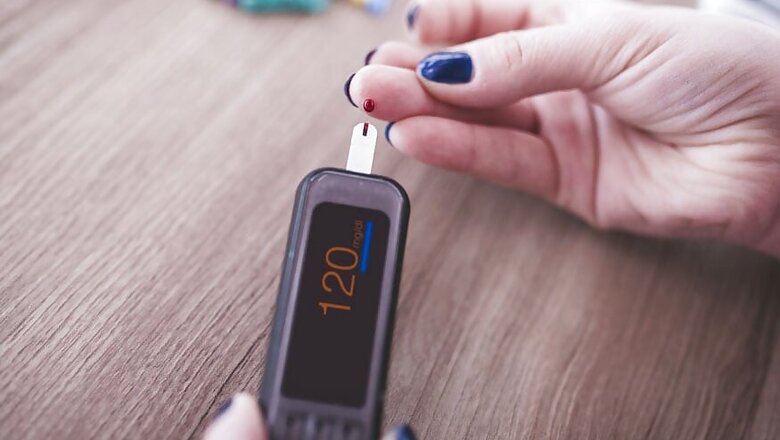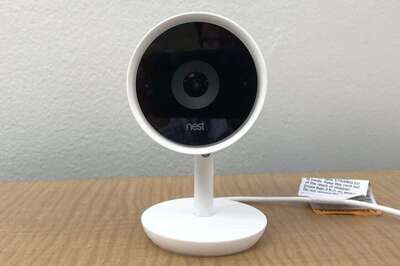
views
Researchers have developed a new Artificial Intelligence (AI)-based technique that can detect low-sugar levels from raw ECG signals via wearable sensors without any fingerprint test. Current methods to measure glucose requires needles and repeated fingerpicks over the day. Fingerpicks can often be painful, deterring patient compliance.
The new technique developed by researchers at University of Warwick works with an 82 per cent reliability, and could replace the need for invasive finger-prick testing with a needle, especially for kids who are afraid of those.
"Our innovation consisted in using AI for automatic detecting hypoglycaemia via few ECG beats. This is relevant because ECG can be detected in any circumstance, including sleeping," said Dr Leandro Pecchia from School of Engineering in a paper published in the Nature Springer journal Scientific Reports.
Two pilot studies with healthy volunteers found the average sensitivity and specificity approximately 82 per cent for hypoglycaemia detection.
"Fingerpicks are never pleasant and in some circumstances are particularly cumbersome. Taking fingerpick during the night certainly is unpleasant, especially for patients in paediatric age," said Pecchia.
The figure shows the output of the algorithms over the time: the green line represents normal glucose levels, while the red line represents the low glucose levels.
"Our approach enable personalised tuning of detection algorithms and emphasise how hypoglycaemic events affect ECG in individuals. Basing on this information, clinicians can adapt the therapy to each individual," the authors wrote.
Follow @News18Lifestyle for more



















Comments
0 comment